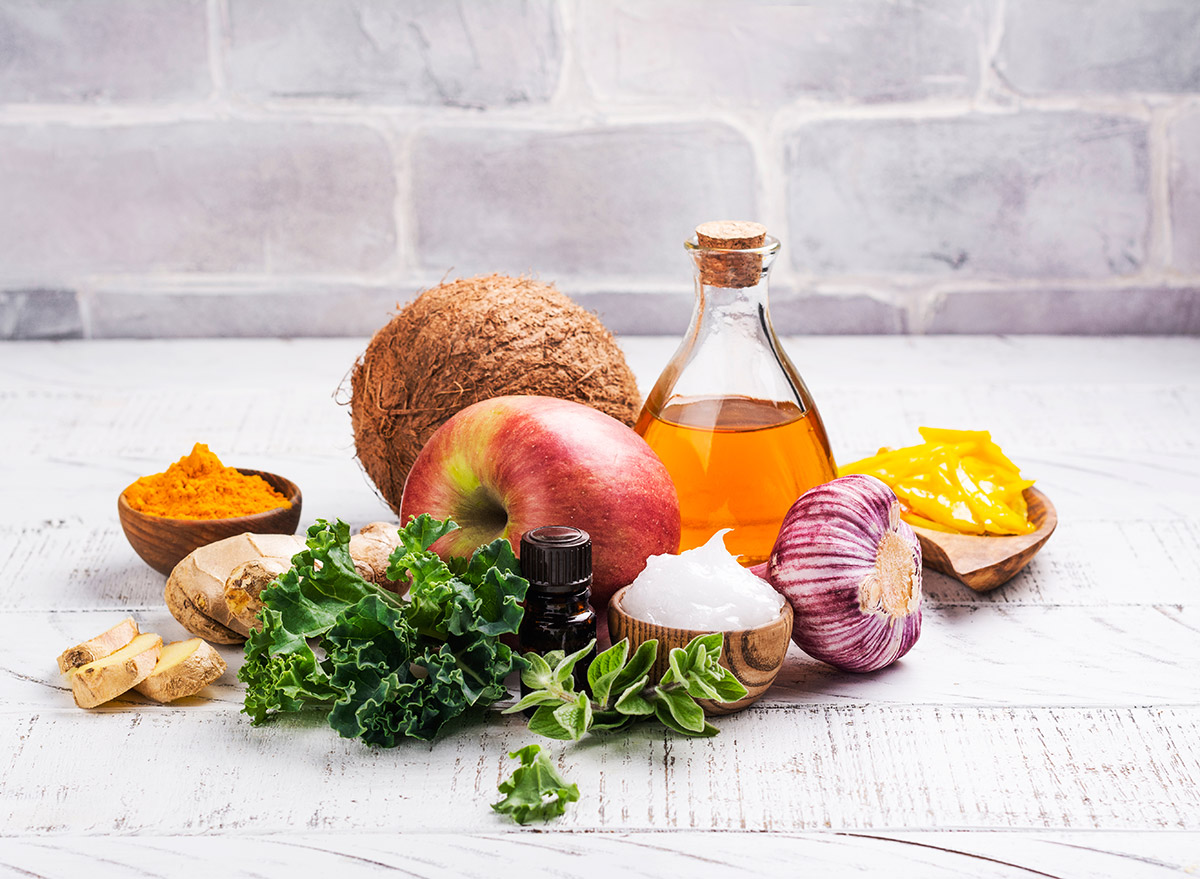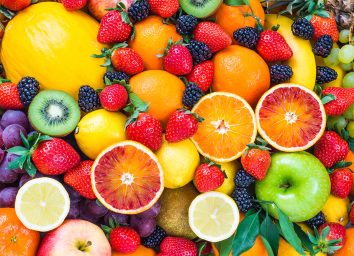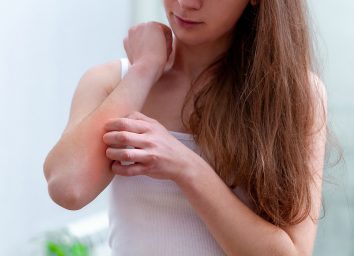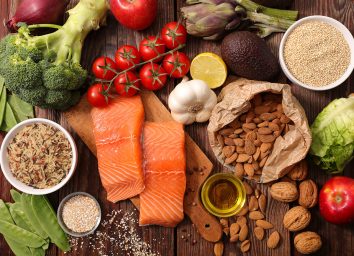Candida Diet: This Is Everything You Should Eat and Why, According to Experts

There’s a good chance you might have come across candida before, but do you know exactly what is and what it does in the human body? How about following the candida diet? Well, allow us to explain and catch you up to speed.
“Candida is one of the most prevalent fungi in the human body, and balance of these fungi is essential for health. If overgrowth occurs, it can lead to an infection called candidiasis,” says Brittany Michels, MS, RDN, LDN, registered dietitian for the Vitamin Shoppe. “Usually, the body’s healthy bacteria keep these pests under control, but having a weakened immune system and/or compromised gut health can lead to overgrowth. Of the around 200 Candida species, Candida albicans is one of the most popular to cause infection.”
So now that you have an idea of what exactly candida is, what exactly is the candida diet?
The idea behind the candida diet is to starve the candida.
“The candida diet is based on the idea that sugar feeds a type of yeast called candida and causes overgrowth or candidiasis. Candidiasis commonly affects the mouth, throat, gut, and genitals,” says Erin Coates, RD, a registered dietitian at Cleveland Clinic Wellness. “It is also more common in people with suppressed immune systems, who have diabetes, higher estrogen levels (as during pregnancy), or in those regularly using antibiotics.”
The candida diet is seen as part of the treatment for candidiasis, as well as the use of antifungal medication.
“It’s popular for individuals suffering from candidiasis to be placed on antifungal medications,” says Michels. “These drugs alone can eliminate overgrowth, but improper diet can re-fuel Candida and cause repeat episodes. Diet is a must for long-term management.”
What can and can’t you eat on the candida diet?
Overall, the candida diet foods list is pretty restrictive.
“The most common advice for people on a candida diet is to eliminate foods with sugar, gluten, yeast-containing foods, and white flour, and to eat more probiotic-rich foods to treat the overgrowth,” says Coates.
Foods that are usually restricted on a candida diet may include:
- Sugar
- Low-fiber foods
- White flour
- Yeast-containing foods such as beer, vinegar, and baked goods
- Caffeinated beverages and foods
- Some dairy products
- Any food containing mold (i.e. cheeses, etc.)
Besides eliminating certain foods when following the candida diet, it’s also important to up others.
“Some followers of the diet eat only gluten-free grains, and typically candida diet followers focus on non-starchy vegetables and healthy fats, herbs, spices, low-sugar fruits, and healthful protein sources,” says Jen Bruning, MS, RDN, LDN, spokesperson for the Academy of Nutrition & Dietetics.
Essentially though, the candida diet is a gut-health dream.
Foods recommended for the candida diet include:
- Yogurt
- Fermented foods rich in probiotics, like sauerkraut, yogurt, and kefir
- Non-starchy veggies like broccoli or greens
- Low-sugar fruits like berries
- Gluten-free grains like quinoa
- Lean proteins such as chicken, turkey, fish, eggs, and beans
What are the benefits of the candida diet?
There is some, but limited, research on the candida diet in its relation to yeast overgrowth. One study found that cutting down intake of artificial sweeteners and sugar reduced the frequency of yeast infections in women who were prone to them. And there is also some research to suggest that regularly consuming yogurt can decrease the spread of candida in both the mouth and vagina.
Besides dealing with Candidiasis itself, the candida diet can also have some pretty great nutritional benefits.
“In this diet, you remove foods that lack any real nutritional value. You’re stripping your diet of added sugars and refined grains, which cuts out a lot of processed foods,” says Coates. “If you add more nutrient-dense foods in place of the less nutritious foods, the benefit is that you might start to feel better, have more energy and even potentially lose weight.”
What are the risks of the candida diet?
“While there are no short-term risks of the candida diet, like all restrictive diets, elimination of entire food groups may put an individual at risk for nutrient deficiencies over the long term,” says Michels.
For example, someone eliminating dairy from his or her diet would need to replace nutrients with a non-dairy alternative or supplement with calcium and vitamin D.
“I would not recommend this diet to someone who has a history of an eating disorder or who just wants to lose weight,” says Coates. “It is restrictive, and any diet that eliminates any food completely can set you up for failure by creating an unhealthy relationship with food. Creating a diet that eliminates any food entirely can feel restrictive, and if not followed properly, can lead to obsessive behaviors, nutritional imbalance, guilt around food, and ultimately a binge.”
Should you try the candida diet?
If you have a yeast overgrowth, your first step should be to see a doctor.
“If there is an active overgrowth of candida in your body, dietitians know that it is best to first consult with your physician to seek medical treatment,” says Coates. “This can help treat the overgrowth and bring relief to symptoms like fatigue, nausea, diarrhea, gas, etc. Preventative measures can include following up with a healthy diet.”
And if you’re interested in trying the candida diet, it may be best to do it with the support of a registered dietitian.
“I don’t recommend following it without supervision from a qualified health professional, especially if you are immunocompromised,” says Bruning. “I recommend finding an RDN in your area to work with if you suffer from frequent yeast infections to see if they can recommend specific dietary changes that may benefit you.”








